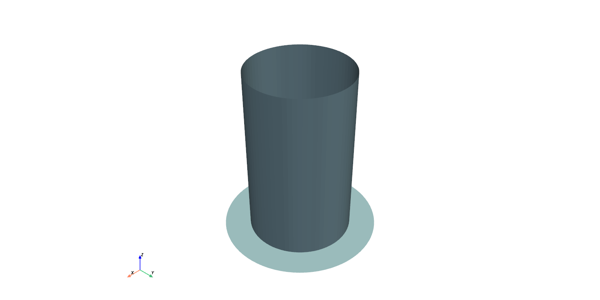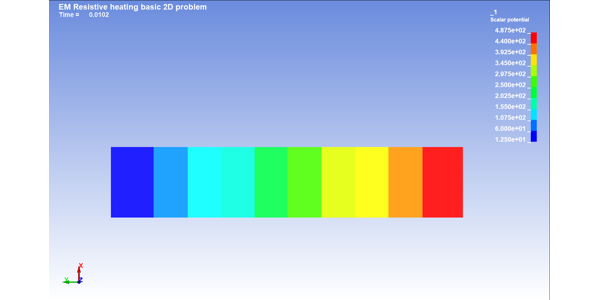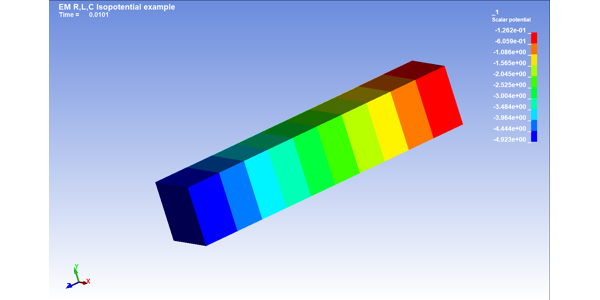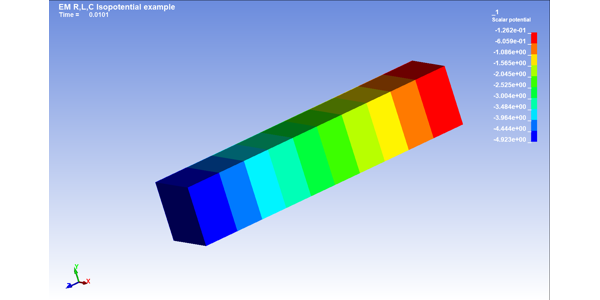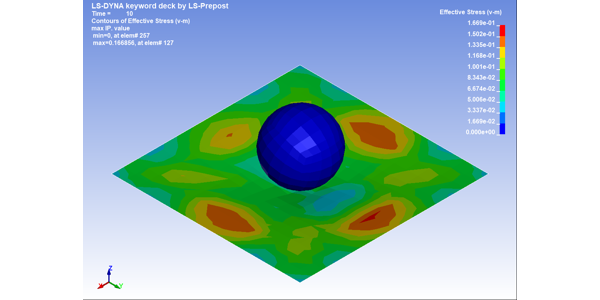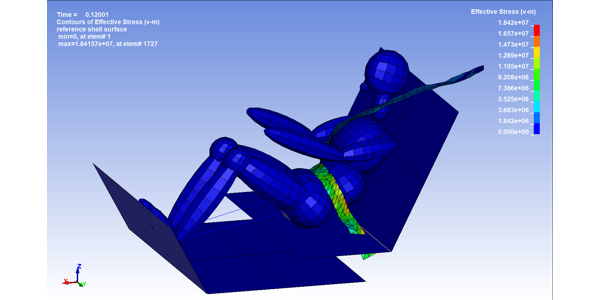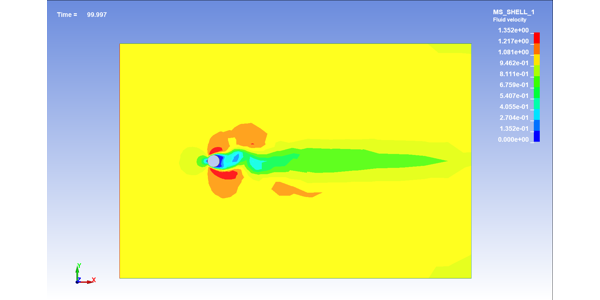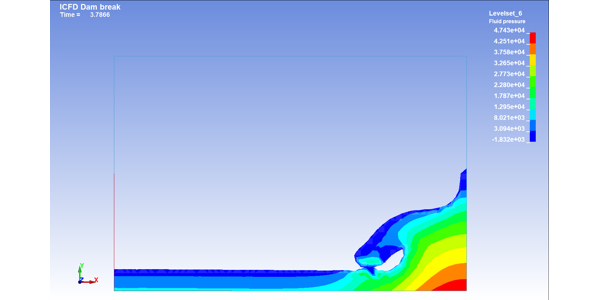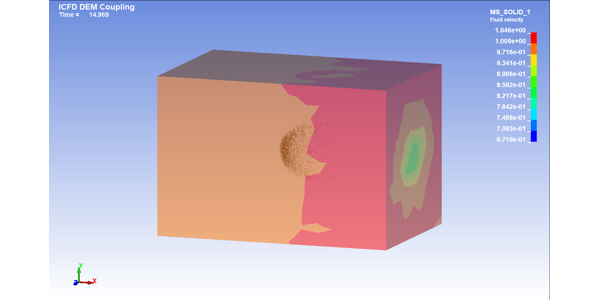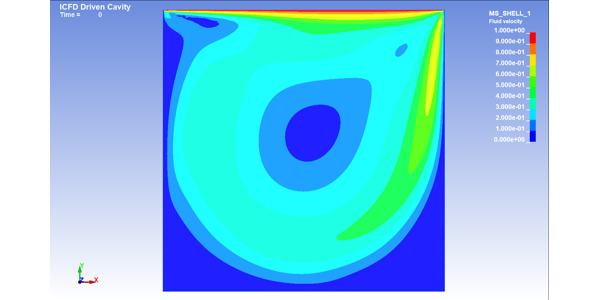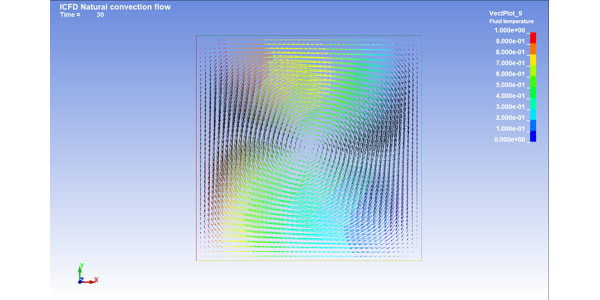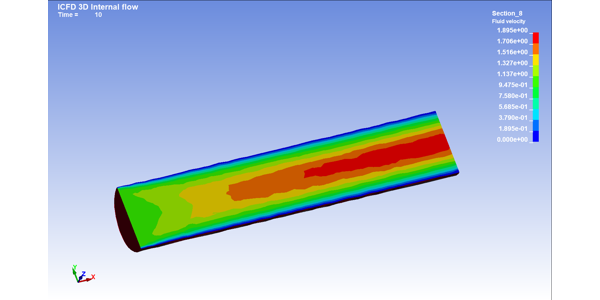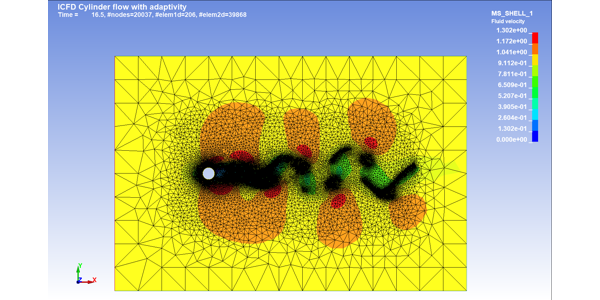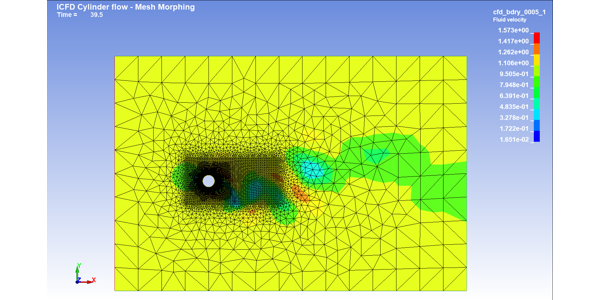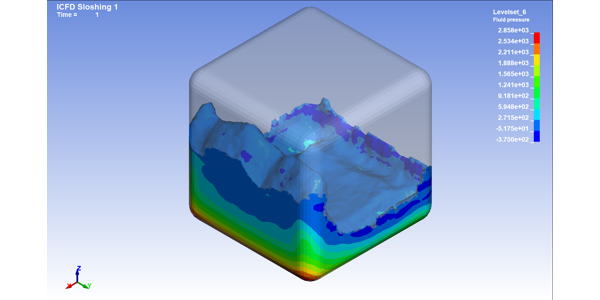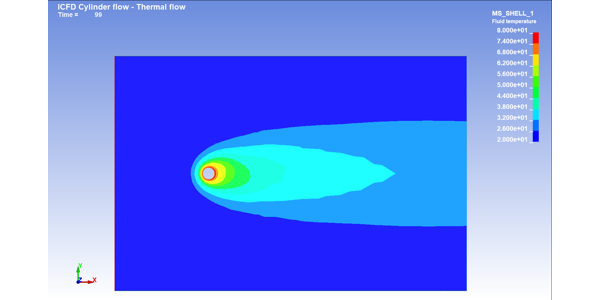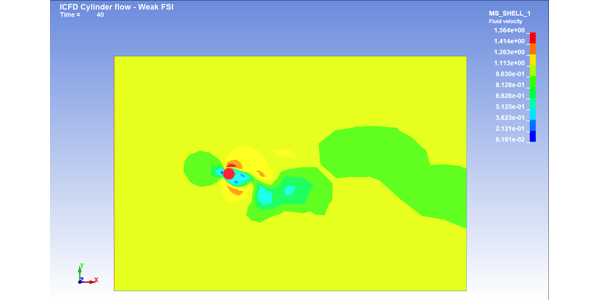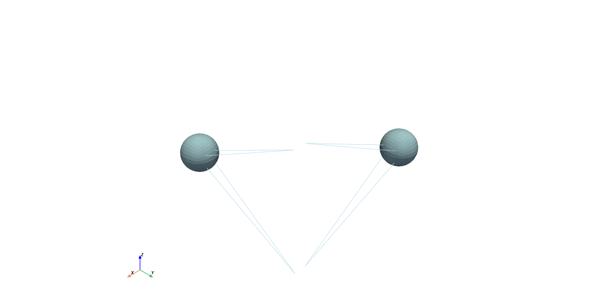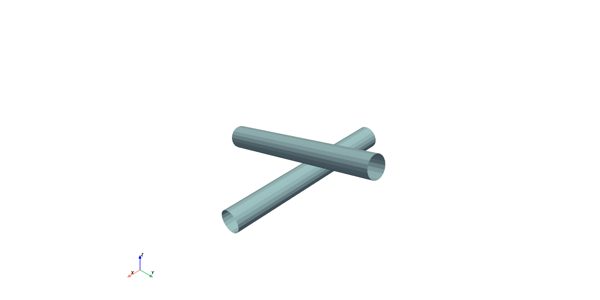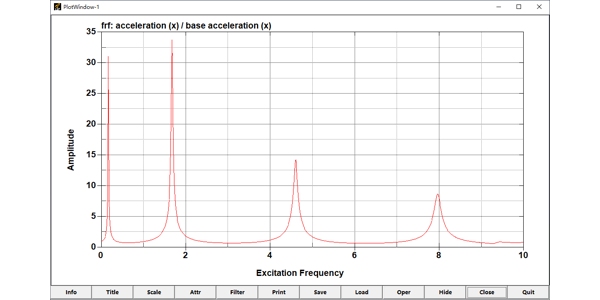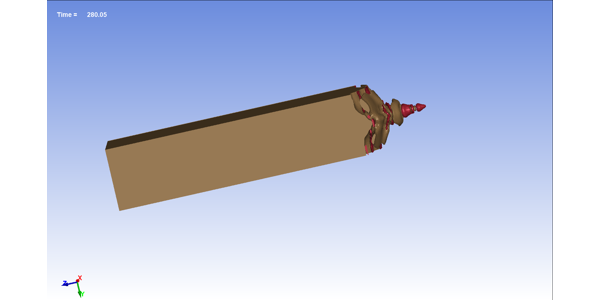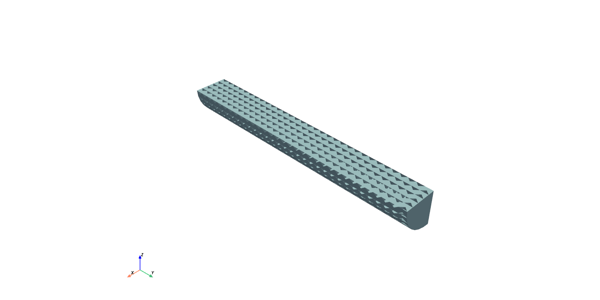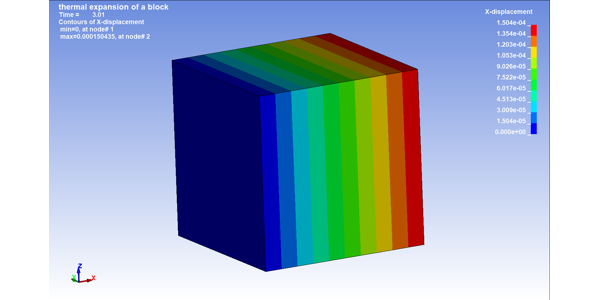Examples#
These examples show end-to-end workflows for using PyDyna to create keyword files for LS-DYNA and then solve them from Python. Many are adapted from the LS-DYNA Knowledge Base.
“””
Airbag examples#
These examples show how to create and use airbag models.
Beer can buckling#
This example is adapted from https://lsdyna.ansys.com/example-nonlinear-2/ to run from Python. It is a highly nonlinear problem that whose solution will not fully converge, but that is expected.
EM examples#
These examples show how to create and use electromagnetic models.
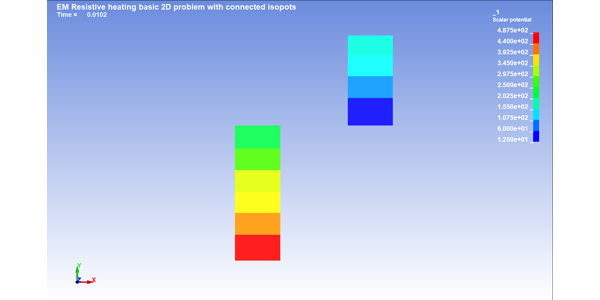
Resistive heating 2D multiple-connect isopotential
Explicit examples#
These examples show how to create and use explicit models.
ICFD examples#
These examples show how to create and use ICFD incompressible computational fluid dynamics) models.
ISPH examples#
These examples show how to create and use ISPH (incompressible smooth particle hydrodynamics) models.
Implicit examples#
These examples show how to create and use implicit models.
Pendulum#
This example is adapted from https://lsdyna.ansys.com/pendlum/ to run from Python.
Pipe#
This example is adapted from https://lsdyna.ansys.com/pipe-d51/ to run from Python.
NVH examples#
These examples show how to create and use NVH (noise, vibration, and harshness) models.
S-ALE examples#
These examples show how to create and use S-ALE (Structured ALE) models.
Taylor bar impact#
This example, inspired by the https://lsdyna.ansys.com/bar-a/ example, shows how to use PyDyna to parameterize a LS-DYNA problem and compare results.
Thermal examples#
These examples show how to create and use thermal models.




